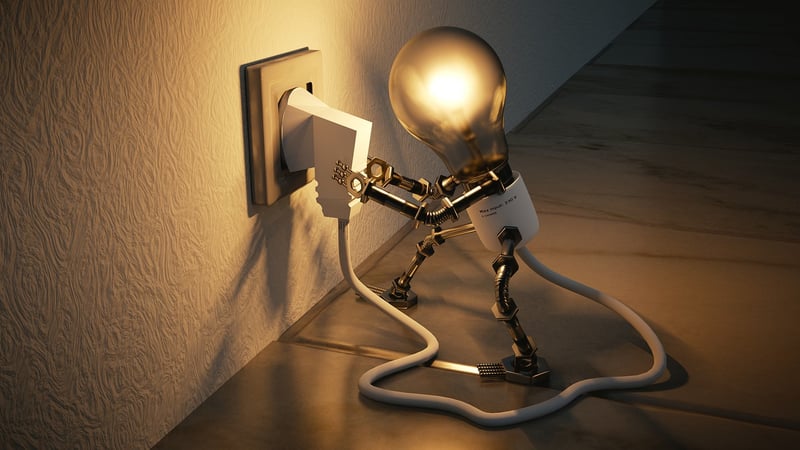Scientific Revolution
The Renaissance and the Scientific Revolution
The Renaissance: A Period of Rebirth
The Renaissance, spanning roughly from the 14th to the 17th century, was a period of significant cultural, artistic, and intellectual rebirth in Europe. Emerging from the Middle Ages, it marked a transition towards modernity, characterized by renewed interest in classical learning, humanism, and artistic innovation.
Key Aspects of the Renaissance:
- Revival of Classical Knowledge: Scholars rediscovered ancient Greek and Roman texts, leading to a revival of classical learning.
- Humanism: Emphasis on human potential, dignity, and achievements, promoting individualism and critical thinking.
- Artistic Innovation: Artists like Leonardo da Vinci and Michelangelo created masterpieces that reflected realism and perspective.
- Scientific Exploration: Pioneering advancements in science and mathematics laid the groundwork for the Scientific Revolution.
The Scientific Revolution: Transforming Ideas
The Scientific Revolution, starting in the 16th century, marked a paradigm shift in how people viewed the natural world. It was characterized by the emergence of modern science through groundbreaking discoveries, experimentation, and the formulation of new theories.
Notable Figures and Discoveries:
- Nicolaus Copernicus: Proposed the heliocentric model of the universe, challenging the geocentric view.
- Galileo Galilei: Made significant contributions to astronomy, physics, and the development of the telescope.
- Isaac Newton: Formulated the laws of motion and universal gravitation, revolutionizing physics.
Impact and Legacy
The Renaissance and the Scientific Revolution had a profound impact on society, laying the foundation for modern science, art, and culture. These periods of intellectual and cultural flourishing continue to influence our understanding of the world and shape the way we perceive ourselves and our place in the universe.
Explore more about the Renaissance and the Scientific Revolution.


